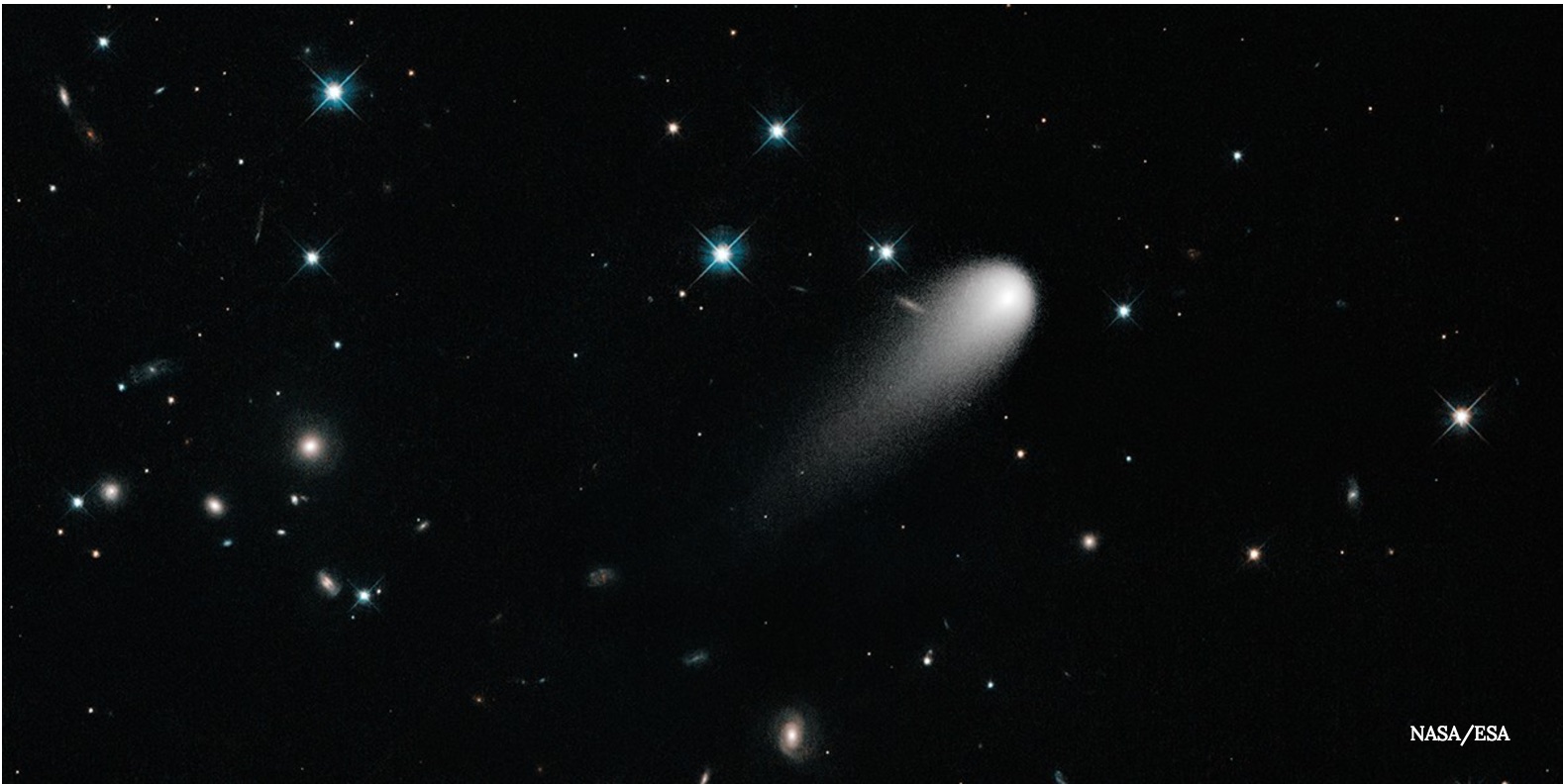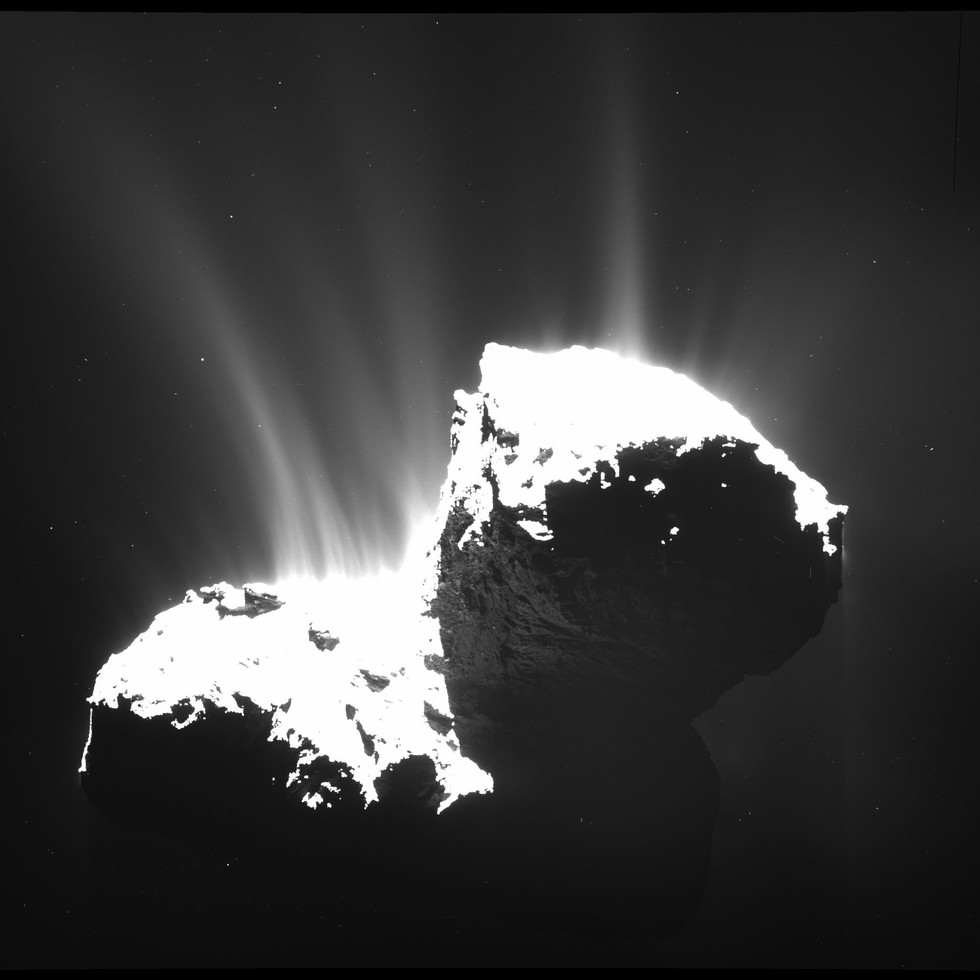Astronomers Primed to Track Spectacular Comet Encounters

Comets can produce a spectacular show in the night sky, especially if you have binoculars or a telescope to see the fainter ones. And luckily for everyone, at least three known comets are expected to pass closely (but safely) by our planet in the next two years.
That's why the Planetary Science Institute hopes to get both amateurs and professionals in on the action. With the rise of digital imaging and the knowledge that amateurs often have more flexibility in observing targets, there's a hope that people all around the world can look at the three comets and help us to understand more about their nature — particularly during bright outbursts.
"An international campaign observing the comet from around the globe would allow better temporal coverage, allowing 24/7 observations of the comet across all longitudes," said project leader Nalin Samarasinha, a senior scientist at the Planetary Science Institute, in a statement.
RELATED: Some Sungrazing Comets May Be Different Beasts
The three comets are 41P/Tuttle-Giacobini-Kresak, 45P/Honda-Mrkos-Pajdusakova, and 46P/Wirtanen and they are all expected to pass by Earth at distances of between 0.08 and 0.15 astronomical units (with one astronomical unit representing the distance between the Earth and the sun).
So what kind of images are the astronomers looking for? Specifically, raw images (no enhancements) showing the comet's dust and gas activity. So far, they have the best times available for 45P/HMP (February and March 2017) and 41P/TGK (January through July 2017); the last comet's activity predictions will be released in 2018.
From looking at the gas and dust, the team says they can figure out how the nucleus of the comet is rotating, how much activity is present, and even information on what the gas in the coma (cometary atmosphere) is made of.
Breaking space news, the latest updates on rocket launches, skywatching events and more!
RELATED: Discovery Channel Telescope Helps Identify Incoming Comet
A similar amateur and professional campaign for Comet ISON — a close comet that eventually broke up during Thanksgiving in 2013 — showed how the comet evolved during an outburst on Nov. 12 that year, the astronomers added. There have been many similar collaborations in the past, including observing comets visited by the missions Deep Impact, EPOXI and Rosetta, for example.
For more details on how to contribute, check out this campaign page by the Planetary Science Institute.
Originally published on Seeker.

Elizabeth Howell (she/her), Ph.D., was a staff writer in the spaceflight channel between 2022 and 2024 specializing in Canadian space news. She was contributing writer for Space.com for 10 years from 2012 to 2024. Elizabeth's reporting includes multiple exclusives with the White House, leading world coverage about a lost-and-found space tomato on the International Space Station, witnessing five human spaceflight launches on two continents, flying parabolic, working inside a spacesuit, and participating in a simulated Mars mission. Her latest book, "Why Am I Taller?" (ECW Press, 2022) is co-written with astronaut Dave Williams.

